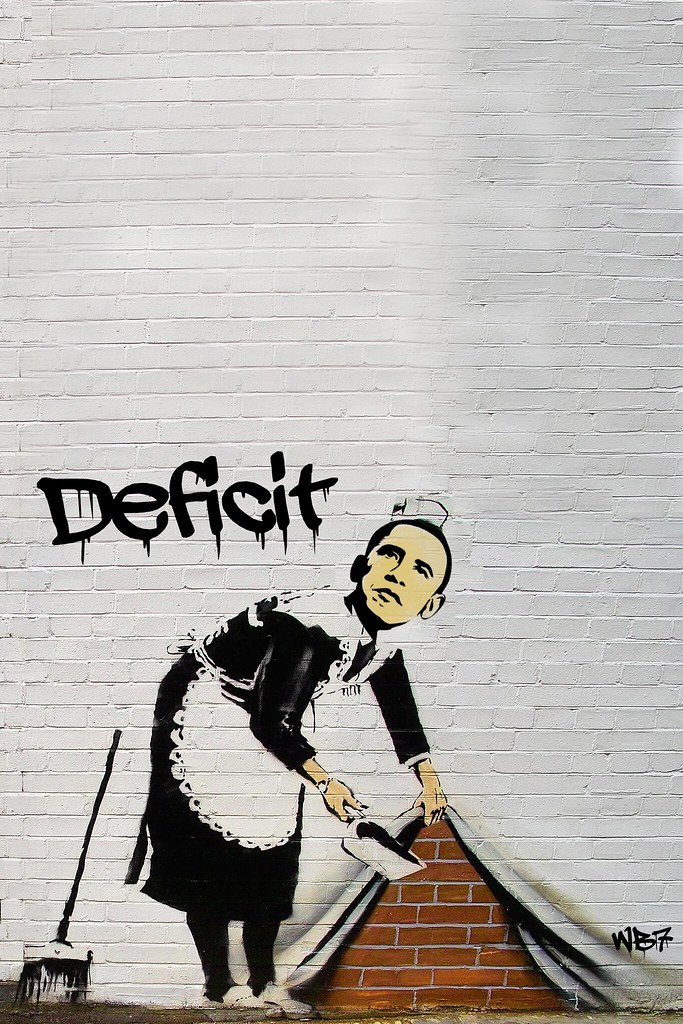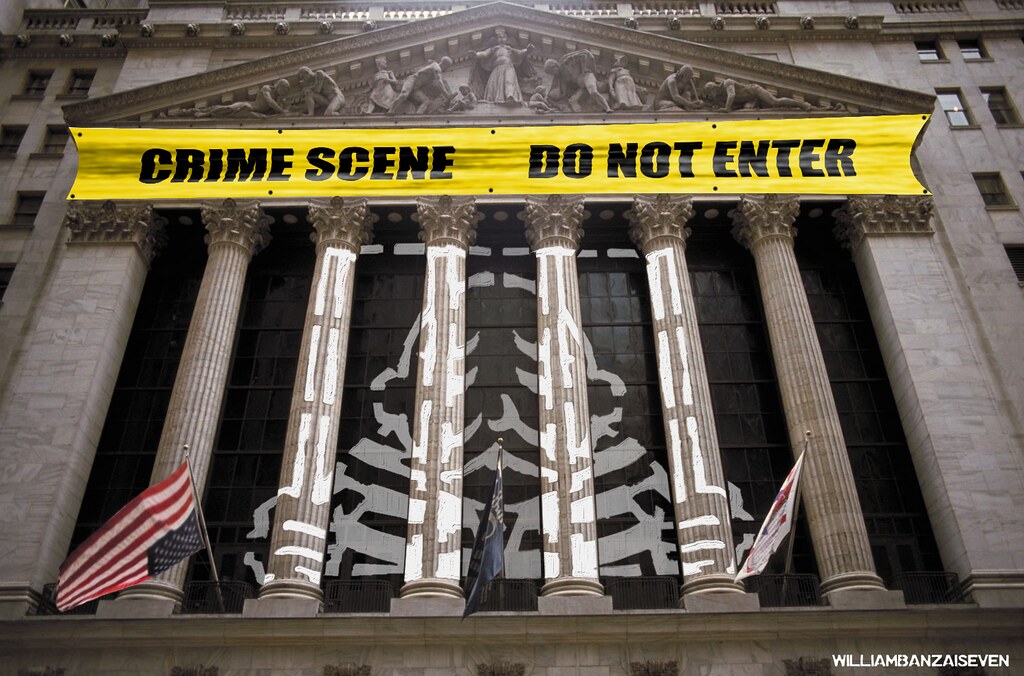Submitted by Pater Tenebrarum of Acting Man blog,
Selling Both the Rumor and the News Turns Out Not to Work …
In our interim update on gold a few days ago we wrote:
“It seems possible that news of a budget and/or debt ceiling deal could send gold prices even lower, but the likelihood of that happening is actually not as pronounced as it would have been if prices had risen during the current period of uncertainty.
Usually either the rumor is bought and the news are sold, or vice versa. Cases of 'sell the rumor and then sell the news as well' are generally fairly rare.”
It should be remembered in this context that gold was supposed to follow a certain script in the context of the debt ceiling debate, written by Goldman Sachs analyst Jeffrey Currie and given the placet of analysts at virtually every mainstream bank:
“Once we get past this stalemate in Washington, precious metals are a slam dunk sell at that point,” Currie said. “You have to argue that with significant recovery in the U.S., tapering of QE should put downward pressure on gold prices.”
The markets rarely make things that easy, although one must of course keep in mind that the action over a few trading days cannot yet be called conclusive with regard to the medium term trend. In this particular case, shorts thought they had received an invitation to shoot fish in a barrel, but the market evidently decided otherwise.
Gold, December contract daily – following a false breakdown, the contract shot higher upon the budget deal resolution – click to enlarge.
As the above chart shows, while the especially smart bears who thought they could break gold below short term support by selling over $600 million notional on GLOBEX prior to regular COMEX trading hours had their clock cleaned, the bulls cannot yet claim a decisive victory either. Still, they have won an important battle. Here is a close-up of the action:
December gold, 30 minute chart – click to enlarge.
The biggest positive is in our view the 'false break' highlighted above. Selling thousands of contracts in the 'off hours' has this time not been enough to actually break support. When a market isn't going down when it 'should', it often goes up instead. This is an excellent example for this rule. However, bullish traders require some follow-through buying at this juncture to produce a decisive trend change. There is strong lateral resistance in the 1340-1350 area, and it needs to be overcome to pronounce the trend truly changed.
Interestingly, as can be seen in the chart of 1 month GOFO (gold forward rate) by Societe Generale below, the gold forward rate has once again turned into negative territory in the London market. While this is not quite as significant as some people have asserted in light of extremely low LIBOR rates, it is still remarkable – moreover, negative GOFO rates always tend to provoke rallies in the gold price in the short term. There simply are no exceptions to this rule we know of.
Normally, gold is lent out in order to obtain collateralized dollar loans at a very low interest rate, as the lease rate paid on gold is deducted from LIBOR in these transactions. The situation actually reverses when GOFO is negative, as then whoever is on the other side of the trade actually pays for obtaining the temporary use of gold. Why would anyone want to do that?
We believe the answer has to do with the fractionally reserved gold system involving unallocated gold accounts (i.e., irregular gold deposits). According to what must be considered quite credible estimates, the leverage employed can be as high as 100:1 – which is to say that unallocated gold accounts are backed by only a single ounce of gold per 100 ounces deposited.
The remainder of the deposits has been employed by bullion banks for their own business purposes – it is essentially fractional reserve banking, only it is using gold as the underlying currency. So what happens when delivery demands or demands to move gold from unallocated to allocated accounts exceed the amount of physical gold actually at hand? One way to satisfy such delivery demands in the short term is to borrow gold. So we suspect &ndas
h; although we cannot prove it – that this is why GOFO has turned negative.
1 month GOFO turns into negative territory again – click to enlarge.
We also like that Thursday's rally was greeted with incredulity all around. A friend sent us the following smattering of quotes from the mainstream financial press. We especially like the guys who just know that the 'gold bull market is definitely over':
“The markets had anticipated a last-minute compromise of this kind," says a note from German investment bank and bullion dealers Commerzbank. "What is more, this also means that the scaling back of Fed bond purchases will be further postponed. A renewed sell-off of precious metals thus failed to materialize."
Issued before the debt-limit fix, "Resistance lies between 1301 and 1307," said Scotiabank's technical analysis Wednesday night, pointing to gold's 50% retracement of both its 2008-2011 uptrend and this year's June-August rally.
Longer-term, however, "Desire to buy gold as a hedge against the consequences of monetary policy has diminished," reckons Credit Suisse analyst Tom Kendall, who in February announced the "beginning of the end of the era of gold".
"When you've got other asset classes, equities in particular, doing so well, then it's hard to divert investments out of them and into something like gold, which is falling."
A lot of gold," agrees Robin Bhar at Societe Generale, also speaking to Bloomberg today, "has been held for speculative purposes, investment and a store of value, and that's less of a reason going forward.
"If you sell your gold and put your money into equities, other fixed-income assets or real estate, you're going to show a return. The gold bull market is definitely over."
But "although the US has managed to avert a default," counters Nic Brown's commodity team at French investment and bullion bank Natixis, "[it] has clearly lost some credibility" with foreign creditors led by China. Not only did Washington's behavior annoy T-bond holders, says Natixis, "a concrete long term solution has once again failed to emerge."
(emphasis added)
And so it goes – we are going to keep these quotes for reminiscence purposes.
Gold Stocks
Yesterday the HUI gapped up above its 20-day moving average. We have become a bit wary of such gaps, but want to point out that the action so far looks quite similar to what happened in early July. Even today's pullback is reminiscent of the action following the gap up in July.
Whether the similarities will continue we cannot say, but we do like the fact that the index has done what it was expected to do in view of the wedge-like decline that preceded the recent rally.
HUI daily – now we have an MACD buy signal as well, tentative though it may be – click to enlarge.
Also worth noting is that in spite of gold's very strong rally, the HUI-gold ratio continued to improve somewhat:
HUI-gold ratio still improving – and the recent move to new lows is beginning to look like a false breakdown as well – click to enlarge.
So here we have another 'false breakdown' in terms of the ratio of gold stocks to gold and obviously it would be quite encouraging if it manages to hold up.
Conclusion:
As before, we cannot yet say whether a trend change is definitely in the bag. However, considering how absolutely dismal sentiment on gold is, considering the many similarities to the 2008 'retest' that could be observed recently (back then, gold was also declared 'dead' by the mainstream) and given the fact that for a change, the gold market has not acted in the way that was widely expected, it continues to make sense to look for more signs of a trend change to emerge.
Ideally declines should continue to be kept in check by support at $1275, while any rally that manages to exceed the $1350 level on a closing basis and confirmed by the gold stock indexes can probably be interpreted as a sign that the short to medium term trend has finally reversed for good.
![]()
via Zero Hedge http://feedproxy.google.com/~r/zerohedge/feed/~3/1ovjvUaC6_4/story01.htm Tyler Durden

































